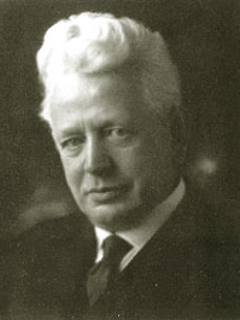
Publication details
Year: 2011
Pages: 43-57
Series: Synthese
Full citation:
, "The grammar of aesthetic intuition", Synthese 179 (1), 2011, pp. 43-57.


The grammar of aesthetic intuition
on Ernst Cassirer's concept of symbolic form in the visual arts
pp. 43-57
in: Esther O. Pedersen, Steen Brock, Claus Festersen, Stig A. Pedersen (eds), The philosophy of symbolic forms and the question of human culture, Synthese 179 (1), 2011.Abstract
This paper provides a précis of Ernst Cassirer’s concept of art as a symbolic form. It does so, though, in a specific respect. It points to the fact that Cassirer’s concept of “symbolic form” is two-sided. On the one hand, the concept captures general cultural phenomena that are not only meaningful but also manifest the way man makes sense of the world; thus myth, religion, and art are considered general symbolic forms. On the other hand, it captures the formal structures and semiotic tools thanks to which meaning is constructed within each general symbolic form (Cassirer called these structures “modes of objectivation”); thus, in art, perspective or the golden section are well-known examples of symbolic forms, now in a narrow sense, i.e. they are means to configure parts into an organized, meaningful whole. The paper will comment on art along both these two dimensions, but its main goal is to provide with concrete examples of aesthetic symbolic forms in the narrow sense in order to show how conceptual meaning can be inscribed in the space of aesthetic intuition.
Cited authors
Publication details
Year: 2011
Pages: 43-57
Series: Synthese
Full citation:
, "The grammar of aesthetic intuition", Synthese 179 (1), 2011, pp. 43-57.

